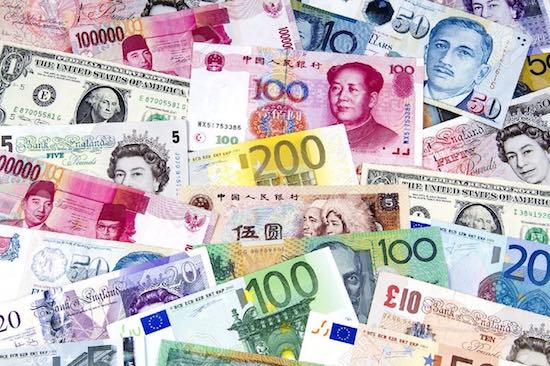Demand for solar is expected to surge over coming years, but its growth rate could effectively double if there is rapid uptake of electric vehicles, and as more companies turn to the technology to save energy costs, and more countries reach solar and storage “parity” with grid prices.
A new report from leading solar analyst Vishal Shah, at Deutsche Bank, says demand for solar is already expected to increase by 10 per cent a year out to 2022, to around 140GW.
But the impact of EVs, solar micro-grids, corporate power purchase agreements and storage parity could see this growth rate more than double, pushing annual demand for new solar power to 250GW by 2022.
Shah says solar is the logical replacement for “liquid fuel generation” – primarily dirty and expensive diesel – which currently accounts for around 405GW of capacity around the world. Given an average capacity factor of 25 per cent, that suggests an addressable market of 1,600GW for the solar industry.
Shah puts the cost of diesel power at around US40c/kWk, around four times the cost of a comparable solar solution. He factors in annual growth demand of 20GW for this market, but concedes that could be conservative.
Corporate demand is about 1GW to 3GW today, but Shah suggests this could grow to 5-10GW a day over the next five to 10 years as companies increase their focus on alternatives to expensive grid power.
He suggests that if self-generation reaches 10 per cent for the global industrial and commercial sectors, and solar accounts for half of the incremental demand, then that could create 350GW incremental demand for solar.
But it is electric vehicles that could provide the biggest step change in forecasts. The widespread adoption of EVs is likely to lift global peak demand by around 2-3.5 per cent, and Deutsche expects at least half of that incremental peak power capacity will be met by solar.
Underpinning the overall growth, however, is the continued fall in the cost of both solar modules and battery storage. Deutsche says solar module prices have declined from 75c/W to 35c/W over the past three years and are set to decline by a further 20 per cent over the next five years.
Improvement in installation and balance of systems costs should drive down solar system costs by another 20 per cent, and Deutsche sees total utility-scale system costs reaching 70c/W by 2022 timeframe.
“At these price points, solar would be cheaper than coal in more markets globally representing 5,000GW of available market potential, in our view.
“Both utility-scale and distributed solar has the potential to represent over 50 per cent of new global capacity additions over the next five years, representing $1 trillion of cumulative investment opportunity.”
The countries driving this will not be the traditional markets of Japan, US, China and India, but “rest of the world demand” where solar capacity is currently just 2 per cent of the market, but which could rise five-fold over the next five years.
“We believe over 50 countries are already at grid parity if we compare the cost of solar electricity to prevailing grid prices,” the analysts say. And as the graph above shows, some countries such as Australia are already at grid parity for both solar and storage, and the numbers will increase out to 2022 and beyond.
It cites Vietnam, a rapidly growing economy with manufacturing growing at 6 per cent a year, but where industrial customers face peak rates from its new grid of US18c/kWh, as a case where many are considering solar as an alternative because it costs half as much now, and will likely fall to just US6c/kWh by 2022.
Deutsche says that having installed 38GW of power generation in the last 15 years – around 40 per cent of it hydro – and achieving a 98 per cent electrification rate, almost entirely through public funding, it is still facing significant energy security and environmental and health concerns.
Solar is also becoming the preferred source of energy for net energy importing countries like Jordan, Morocco and Pakistan, especially with solar LCOE below current market prices for oil and LNG and at par with natural gas generation. The record low bids for solar in Dubai and mega projects are changing the perception of the technology.










